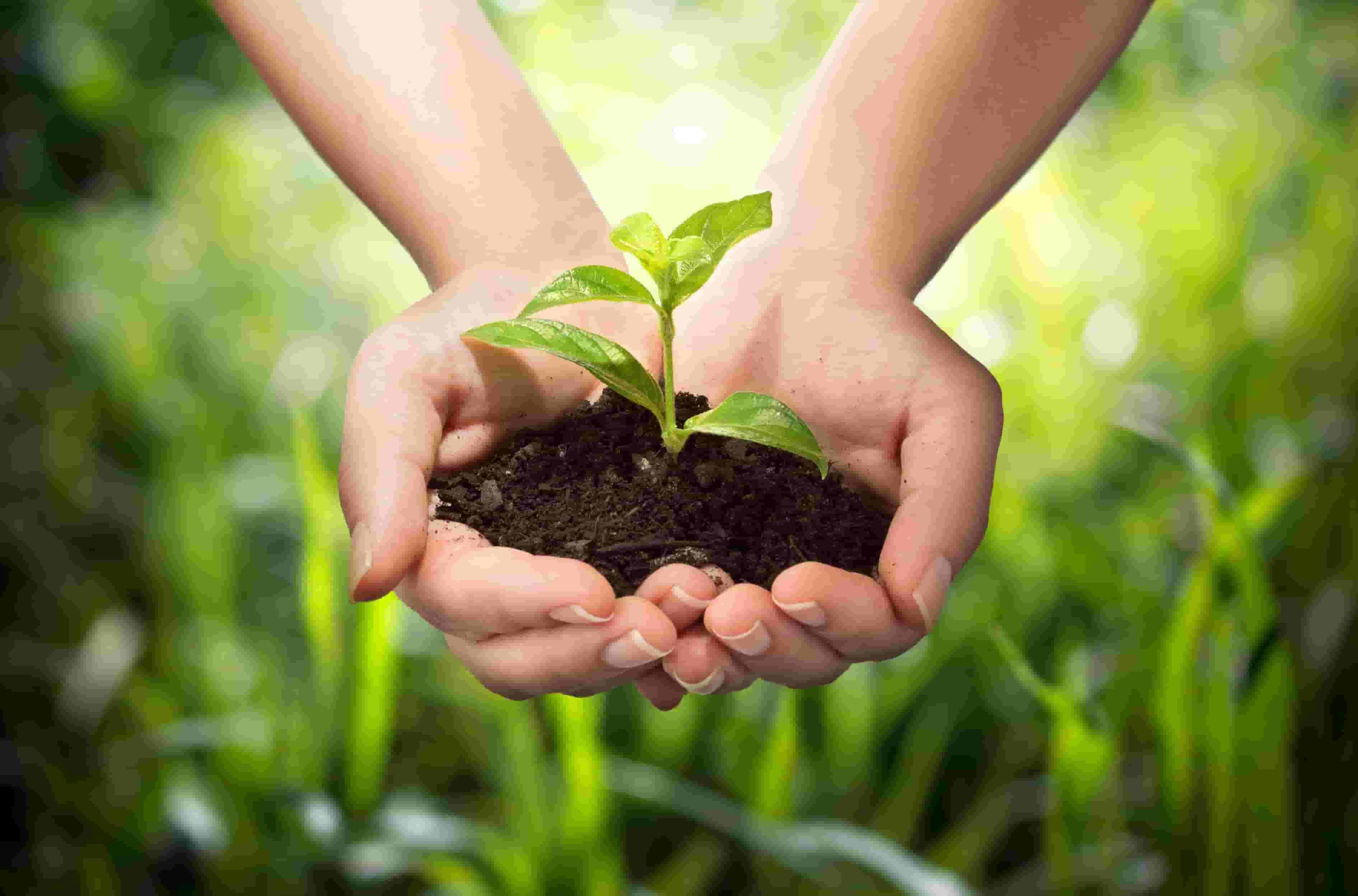
Based on a new analysis of federal funding from the US Department of Agriculture, researchers say there is an urgent need for increased investment in research and development aimed at making sustainable food production more effective. The article published in Environmental Science & Policy has been selected for the Elsevier Atlas Award of June 2016.
An estimated 25-35% of global greenhouse gases are produced from agriculture. Modern agriculture also contributes to the loss of biological diversity, habitat loss, water pollution, degradation of soil quality, and loss of beneficial organisms including pollinators and animals that keep pests under control, but which pose a risk to human health through pesticide exposure and excess nitrogen in drinking water. Sustainable agriculture, including practices such as organic farming and crop rotation, has the potential to alleviate many environmental problems and health risks associated with the modern industrial agricultural system.
“Quite frankly, we have to make this transition to sustainable agriculture,” said Liz Carlisle of the University of California, Berkeley and corresponding author of the study. “The question is: can we be proactive about it so that our institutions and economy are prepared to make the transition in a more intentional way and can we be sure that all rural communities will have access [to sustainably produced goods]. We don’t want another unjust system like we have now in which some people eat and farm organically and others are stuck with agricultural toxins in their water supply and fast food for dinner.”
To assess the level of political and economic support for sustainable agriculture, Carlisle and her colleagues Albie Miles at the University of Hawaii — West Oahu and Marcia DeLonge of the Union of Concerned Scientists in Washington, D.C. identified USDA-funded projects beginning in 2014 and searched key sections of project reports for major components emphasizing sustainable agriculture. Those components were grouped into four categories: improving system efficiency to reduce inputs including fertilizers and pesticides, substituting more sustainable inputs and practices into farming systems, redesigning agricultural systems based on ecological principles, or strengthening connections between producers and consumers.
The team searched 824 projects accounting for almost $300 million in funding or about 10% of the 2014 USDA Research, Extension, and Economics budget. In many cases, sustainable agriculture was included in projects but not as the primary focus. The findings suggest that significant improvements in sustainable agriculture could be made with additional investments and support. The researchers note an urgent need for additional public funding for research aimed to advance highly promising areas of biologically diversified farming and ranching systems.
“Prior to this, there was no clear accounting of how much funding had gone for agro-ecological research,” DeLonge said. “We knew anecdotally that there was a need for more funding, but we needed to understand the numbers better and to understand what research areas might hold the most untapped potential.”
Story Source:
The above post is reprinted from materials provided by Elsevier. Note: Materials may be edited for content and length




